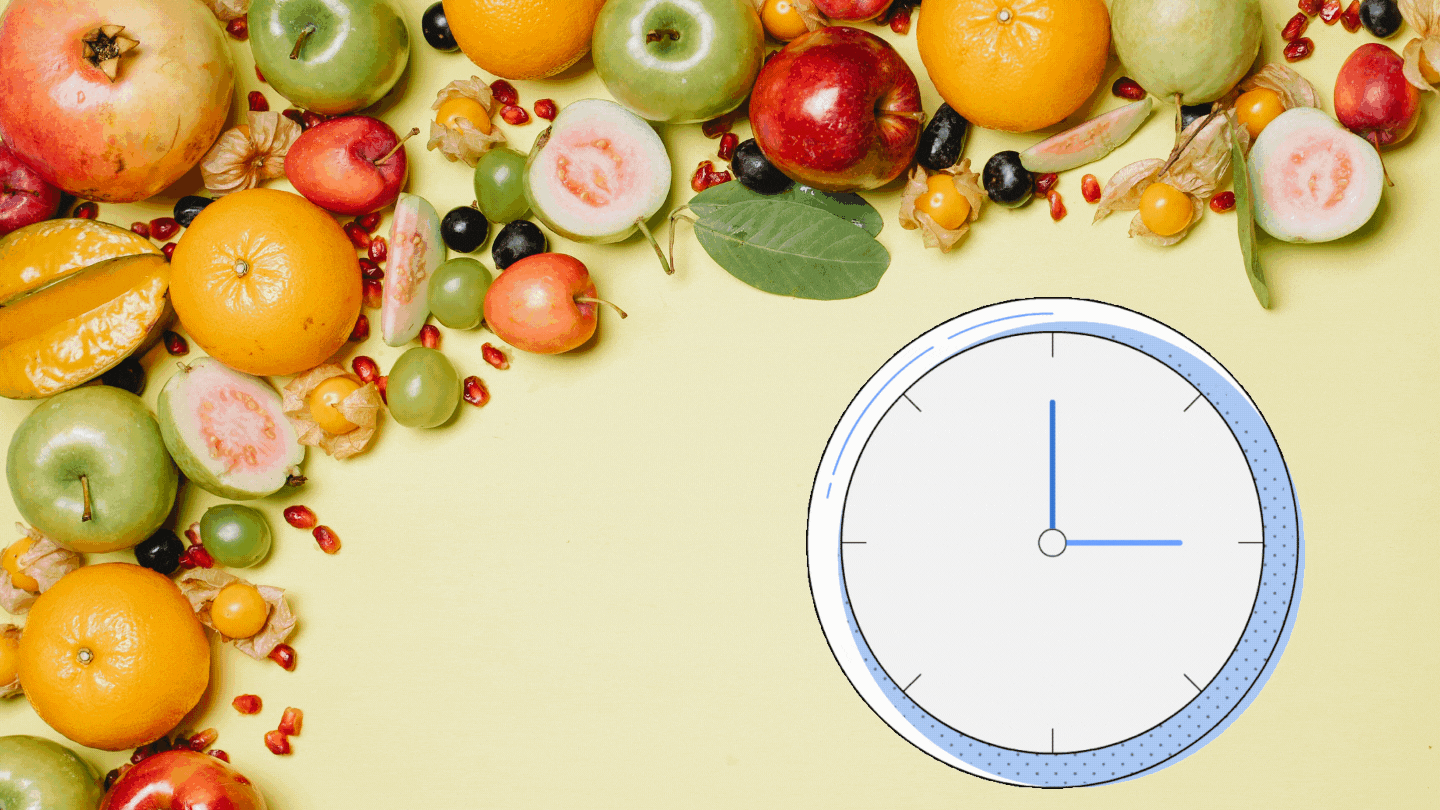
With super-fast delivery promises, e-grocers have spoiled the consumers. Will other categories feel the pressure? If yes, which ones?
The Indian consumer has become quite impatient lately. Many grocery delivery startups now promise to deliver goods in 8-20 minutes. If the groceries aren’t delivered in 10 minutes, we start getting antsy. We’re witnessing a fundamental shift in consumer behaviour, and this change is here to stay.
The players in the quick grocery delivery segment include Dunzo Daily (which promises delivery in 20 minutes), Swiggy Instamart (delivery in 15-30 minutes), Ola (delivery in 5-15 minutes) and the newest entrant Zepto (delivery in 5-15 minutes). All these brands have set up 'dark stores' in neighbourhoods so that they can facilitate quick delivery as soon as the order is placed.
In 2021, we even witnessed a grocery delivery in just 83 seconds. A customer in Bengaluru ordered shampoo late at night and, thanks to the 'dark store' being located close to his house, Dunzo was able to fulfil the order in record time.
During the 2020 COVID-induced lockdown, brands like Zomato and Domino's Pizza also diversified into grocery delivery, but exited the category in a few months.
But this begs the question - will this expectation have a spillover effect on other categories? If a customer orders an item from an e-commerce website like Amazon, will he be willing to wait for a week for the product to get delivered?
Remember how our parents and grandparents used to wait for weeks for a letter to be delivered, even within the same country? We've come a long way, indeed.
afaqs! spoke to two experts to understand this fundamental shift in consumer behaviour.
Nisha Sampath, a brand marketing consultant with 20-plus years of experience, opines that the players, especially in new age categories, and the technology they deploy, will shape the category norms and, ultimately, our expectations.
/afaqs/media/post_attachments/b22b388814476119acef26116e0e5c5fc99a64516869639824fe65f40f50b33f.jpeg)
"For example, we now expect to get a cab at our doorstep on demand, versus walking down the road to a cab stand, thanks to Uber and Ola. We expect a store to accept online payment, even for a low value purchase like a pack of chips."
Sampath takes the example of food delivery. In the pre-Swiggy era, we had no clue about when food would get delivered to our home after we placed an order. "We would just wait patiently. Today, we literally have step by step tracking, and get upset when food delivery is delayed. In fact, we may even have changed our ordering pattern based on delivery time. Earlier, we would order much in advance. Today, we order just in time. We order on impulse more often."
She adds that it's no different for the quick grocery segment. The initial expectations were next-day delivery, at a given time slot. Then, it eventually evolved into same-day delivery.
"Now, it's 10 minutes! If it persists, it will set consumer expectation for the category, and we will expect it to be the norm. It will even alter behaviour. So, we may start cooking and order groceries, expecting them to be delivered 'just in time'."
Rather than pick up groceries when we step out, we may expect them to be delivered to our home before we leave for on outing/party, says Sampath.
"I can't imagine groceries arriving in less than 10 minutes! The logical next step is that only subscribers, or people who pay a premium, will get the 10-minute delivery. Others will get it later."
On the flip side, Sampath points out, culturally, there is a trend towards 'slow living' and brands that actually encourage this. They claim to make or source products only after the order is placed.
"But on the other hand, there is a trend towards 'instant gratification' that a bunch of e-commerce brands are catering to. It looks like the latter is winning now. There may well be pressure on other e-commerce segments to shorten their delivery times."
Sourabh Mishra, a brand strategist, and managing partner and co-founder at Mumbai-based Azendor Consulting (former CSO at TBWA India and Saatchi & Saatchi), points out that when the environment around the consumers changes, then their expectations also tend to change.
/afaqs/media/post_attachments/c5545883b227549a47969157e7cd5b153e0e39c0e7b20e82a8bc8cc7dd72f844.jpeg)
Sourabh Mishra
">
Sourabh Mishra
He recalls that when Nestlé introduced Maggi in India, the concept of a meal being ready in two minutes itself was revolutionary. But when other players in the grocery segment set up expectations for speedy delivery, then the consumer behaviour may change on that front.
"If a customer orders a T-shirt on Amazon, and the company tells him that the delivery time is a week, then he may be willing to wait for the item. But there is definitely a tinge of irritation that seeps in. Also, when people order from restaurants, they tend to get impatient if they have to wait for their order for more than 30 minutes."
Mishra adds that the expectations are being reset all the time, with different companies in the segment. But these expectations that they create, are here to stay for a long time.
Need a full service agency for your project? Choose among 70 such agencies on afaqs! Marketplace now. Click here.
/afaqs/media/agency_attachments/2024-10-10t065829449z-afaqs_640x480.png)
 Follow Us
Follow Us